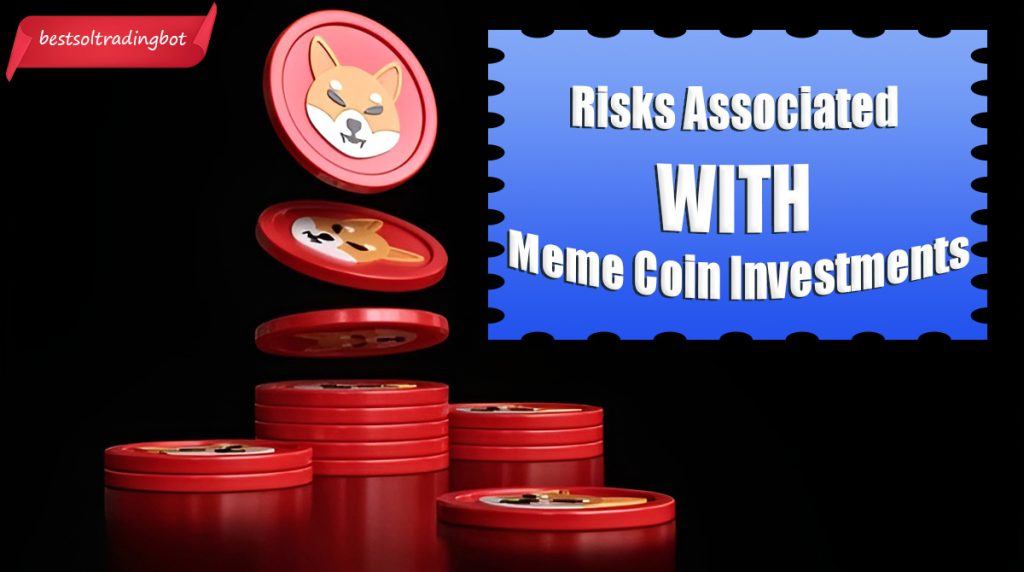The world of cryptocurrency is often seen as a blend of technological innovation and financial opportunity. Yet, meme coins like Dogecoin and Shiba Inu reveal a fascinating psychological layer underpinning market behavior. Understanding the psychology of meme coin investments is essential to grasp how these trends evolve and why they often defy conventional market logic.
Contents
The Emergence of Meme Coins
Meme coins are cryptocurrencies inspired by internet memes or cultural trends. Unlike Bitcoin or Ethereum, meme coins usually lack a robust technological framework or practical utility, thriving instead on community-driven hype.
Notable Examples
- Dogecoin: Initially created as a joke, Dogecoin gained traction due to its playful branding and celebrity endorsements.
- Shiba Inu: Marketed as a “Dogecoin killer,” Shiba Inu has leveraged its meme status to build a strong community.
This connection to internet culture explains why people invest in meme coins—they’re not just assets but part of a shared social experience.
Psychological Drivers Behind Meme Coin Investments
Fear of Missing Out (FOMO)
FOMO is a significant driver in the cryptocurrency space. Meme coins often experience rapid price surges, compelling investors to act quickly for fear of being left behind. For instance, Dogecoin’s meteoric rise in early 2021 created a wave of FOMO among retail investors.
Herd Mentality
Social media platforms like Reddit and Twitter amplify herd behavior. Communities rallying around meme coins often create a collective momentum that drives prices up, irrespective of the asset’s intrinsic value.
The Appeal of Humor and Community
Meme coins thrive on humor and the sense of belonging they foster. Their playful branding and active online communities make investing feel less like a financial transaction and more like participating in a cultural movement.
Behavioral Finance in Cryptocurrency
Behavioral finance helps decode the unique patterns of meme coin investor behavior.
Overconfidence Bias
Investors often overestimate their ability to predict market trends, leading to risky decisions. This bias is evident when meme coin holders dismiss market fundamentals, believing their investments will yield outsized returns.
The Greater Fool Theory
This theory suggests that people buy overvalued assets, assuming they can sell them to someone else at a higher price. Meme coins epitomize this mindset, where speculative trading often overrides rational analysis.
Market Trends Influenced by Meme Coin Psychology
Volatility and Speculation
Meme coins are notoriously volatile. Psychological factors like FOMO and herd mentality drive speculative trading, resulting in dramatic price fluctuations.
Table: Key Factors Driving Meme Coin Volatility
| Factor | Impact on Market Trends |
|---|---|
| FOMO | Sudden price spikes |
| Social Media Influence | Collective buying/selling |
| Lack of Regulation | Increased susceptibility to manipulation |
Impact of Celebrity Endorsements
High-profile figures like Elon Musk have significantly influenced meme coin markets. For example, Musk’s tweets about Dogecoin often trigger immediate price reactions, underscoring the psychological influence of celebrity endorsements.
Regulatory Responses
Regulators are increasingly scrutinizing meme coin trading to protect investors from market manipulation. This response is partly driven by the psychological tendencies that make meme coins popular yet risky.
Risks Associated with Meme Coin Investments

Market Manipulation
Meme coins are prime targets for pump-and-dump schemes. These fraudulent practices exploit psychological triggers like FOMO to inflate prices before a sharp sell-off.
Psychological Stress and Financial Loss
Investing in volatile assets can lead to significant emotional strain. Many investors face substantial financial losses when market trends shift unexpectedly.
FAQs
1. Why do people invest in meme coins?
People invest in meme coins for various reasons, including the appeal of community-driven movements, the excitement of quick gains, and the influence of social media and celebrity endorsements.
2. Are meme coins a good investment?
While meme coins can offer high returns, they are highly speculative and carry significant risks. Investors should approach them with caution and a clear understanding of the market.
3. How does behavioral finance apply to meme coins?
Behavioral finance examines the psychological factors that drive investment decisions. In the case of meme coins, biases like overconfidence and herd mentality play a crucial role.
4. What are the risks of investing in meme coins?
Risks include extreme volatility, susceptibility to market manipulation, and the emotional toll of potential financial losses.
Conclusion
The psychology of meme coin investments reveals why these assets continue to captivate a global audience. Factors like FOMO, herd mentality, and the appeal of humor play pivotal roles in shaping market trends. By understanding these psychological drivers, investors can make more informed decisions and navigate the risks associated with this volatile market.
References
Disclaimer
This article is for informational purposes only and does not constitute financial advice. Cryptocurrency investments are inherently risky, and readers should conduct their research or consult a financial advisor before making investment decisions.
